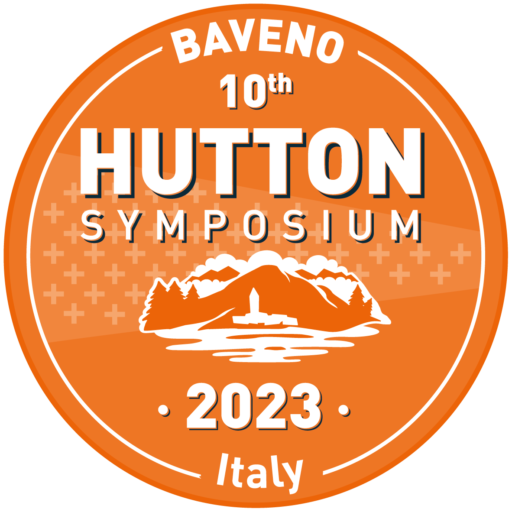
Tom Sisson
- Overview speaker
- U.S. Geological Survey (USGS)
Tom Sisson is a geologist and petrologist with the U.S. Geological Survey (USGS). He works on plutonic and volcanic rocks, both in the field and the lab, including: (1) having mapped the geology of plutons, their metamorphic walls, and glacial sedimentary cover across the Sierra Nevada batholith, California, at about the latitude of Mount Whitney; (2) founding and supervising the USGS Magma Dynamic Lab that uses experimental petrology to investigate the origins and ascents of magmas, mainly from arcs; (3) mapping the geology of arc volcanoes, particularly Mount Rainier, Washington, establishing their eruptive histories, assessing their hazards, and exploring the petrogenesis of their magmas through geochemistry and isotope gechemistry; and (4) studying intraplate magmatism, including the discovery and characterization of Kīlauea’s submarine inception-stage alkalic products, and more recently running a project assessing volcanism and its hazards in portions of the Arabian alkalic province.
Tom Sisson’s keynote (two parts):
Session
-
Theme 2: Genesis of granitic magmas: Competing models, competing processes
This theme is about the processes that lead to the formation of granitic (s.l.) magmas, and in particular aims at discussing the various pathways that may lead to them: melting, fractionation, mixing etc. This is the right place to tackle the old issue of the respective roles of mantle and crust. Information can be gained from a range of sources from experiments, models, geochemical data and more.
